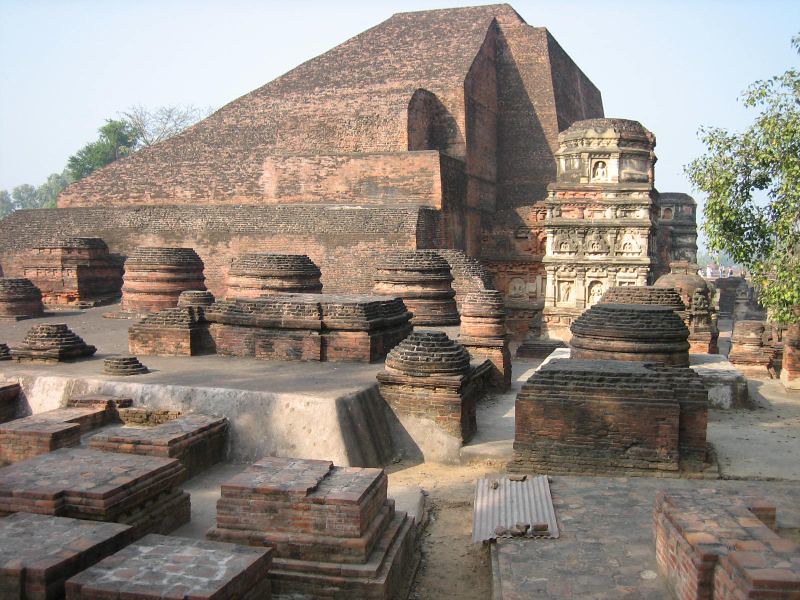
Bindusara | Ancient History of Bihar Notes
Bindusara notes/study material for preparation of BPSC Prelims and Mains and other Bihar state examinations
Home » BPSC Study Materials » Bihar Ancient History » Mahajanapadas in Bihar | Ancient History of Bihar Notes
Mahajanapadas in Bihar notes/study material for preparation of BPSC Prelims and Mains and other Bihar state examinations
You can read more about the Aryans and their arrival in India here : Aryans in India
In the beginning of the 6th century B.C., Northern India consisted of a large number of independent kingdoms. Some of them had monarchical forms of government, while others were republics.
Buddhist and Jaina literatures mention about the 16 Mahajanapadas as mentioned below :
They stretched across the Indo-Gangetic plains from modern-day Afghanistan to Bengal and in central India till Maharashtra.
Out of 16 Mahajanapadas, three namely Magadha, Anga and Vajji were in Bihar. Let us study in more detail about these Mahajanapadas :
In course of time, the small and weak kingdoms either submitted to the stronger rulers or gradually got eliminated. By the mid of 6th century B.C. Only four kingdoms namely Vatsa, Avanti, Kosala and Magadha survived.
Of all the above kingdoms, Magadha emerged powerful and prosperous. It became the nerve center of political activity in north India and Its history became the history of India.
Great empires like the Mauryan empire and Gupta empire, emerged and ruled in Magadha.
We will read about the rise of Magadh and the different dynasties( and important rulers ) in the next chapter.
You can study complete ancient history of Bihar in a chapterwise format here : Ancient History of Bihar Chapter-wise notes
You can study complete history of Bihar in a chapterwise format here : History of Bihar Chapter-wise notes
You can study complete study material for BPSC here : Complete BPSC free study material
You can study complete ancient history in a chapterwise format here : Ancient History Chapter-wise notes
You can solve ancient history chapterwise MCQs here : Ancient History Chapter-wise MCQs
You can read all the CivilsCracker Explained articles for Ancient History here : CivilsCracker Explained
You can read all the UPSC free study materials for all subjects here : Free UPSC study materials for all subjects
You can solve chapterwise MCQs for all subjects here : Chapterwise MCQs for all subjects

Bindusara notes/study material for preparation of BPSC Prelims and Mains and other Bihar state examinations

Mauryan Empire and Chandragupta Maurya notes/study material for preparation of BPSC Prelims and Mains and other Bihar state examinations

Nanda Dynasty notes/study material for preparation of BPSC Prelims and Mains and other Bihar state examinations

Shishunaga Dynasty notes/study material for preparation of BPSC Prelims and Mains and other Bihar state examinations

Haryanka Dynasty notes/study material for preparation of BPSC Prelims and Mains and other Bihar state examinations

Pre History of Bihar notes/study material for preparation of BPSC Prelims and Mains and other Bihar state examinations
We are adding new Notes, Chapterwise MCQs, Quizzes, Previous Years Questions everyday
We are adding new Notes, Chapterwise MCQs, Quizzes, Previous Years Questions everyday